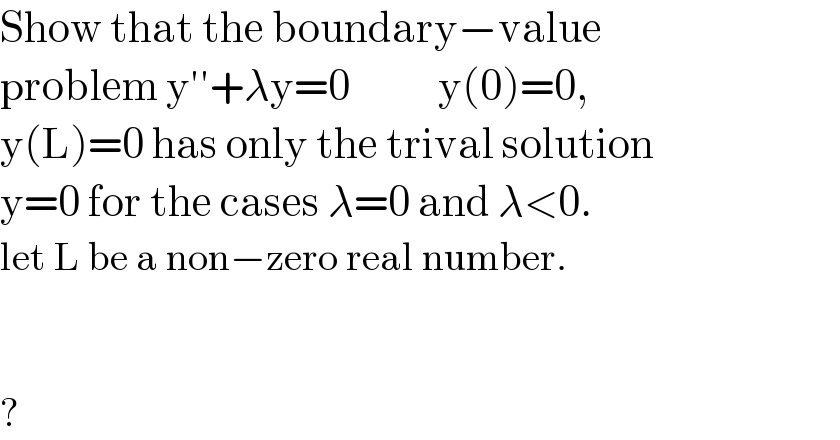
Question and Answers Forum
Question Number 184307 by Mastermind last updated on 05/Jan/23

Answered by FelipeLz last updated on 05/Jan/23

| ||
Question and Answers Forum | ||
Question Number 184307 by Mastermind last updated on 05/Jan/23 | ||
 | ||
Answered by FelipeLz last updated on 05/Jan/23 | ||
 | ||
| ||